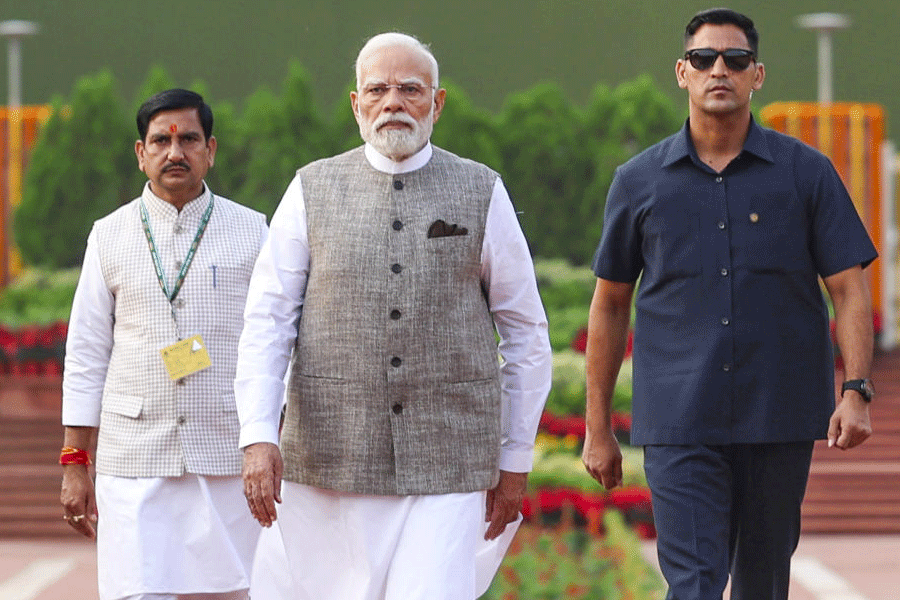 |
| Sri Lanka’s Chamara Silva (left) celebrates after catching a tennis ball hit during practice |
Ahmedabad, May 6: Twenty20 is authentic cricket, by popular vote. Coloured pyjamas, white balls, pink balls… they are all part of cricket, officially.
But tennis-ball cricket “is not cricket”, Gujarat High Court has ruled.
Which means Jignesh Patel, 24, who has represented Gujarat in the national tennis-ball cricket championships, cannot get a job under the government’s sports quota.
The court today rejected his petition, saying: “Cricket with a tennis ball is not cricket. It is a children’s game and not a game as such.”
Children do start off with tennis balls because it doesn’t hurt as much as the harder cricket ball. It’s the form of the game that taught Sachin Tendulkar the basics early in his life and gave him his calling.
Adult tennis-ball cricket tournaments, too, abound in India and Pakistan, often drawing first-class cricketers. With their prize money, club format, short games and play under lights, they are the father of Twenty20.
But the court said: “Playing cricket with a tennis ball would not make you a sportsperson.”
The ruling, of course, relates to those who only play tennis-ball cricket, and comes in the context of the job quota. But many fans and cricket historians might feel a bit disappointed with his larger observation about the tennis-ball version being “not cricket”.
The story of how a teenaged Garry Sobers, belting tennis balls around the Barbados sand, was picked off the beach by a talent-spotter is part of the game’s lore.
Both Sobers and Sunil Gavaskar credit their childhood hours of practice with the bouncier, lighter ball for their later ability to hit consistently along the ground.
Cricketers have been known to go back to the tennis ball to hone their technique. Practising against a wet tennis ball on a cement surface was once considered the ideal preparation for a tour to bouncy Australia.
But the court said: “Cricket in common parlance does not include a tennis ball, which is an abrasion of the original cricket game.”
Patel had applied for a schoolteacher’s job in Gujarat’s Banaskantha last year. When the government refused to accept him as a cricketer, he approached the high court.
Former player Ashok Mankad welcomed the ruling. “Tennis-ball cricket is like kindergarten. It has nothing to do with the art of the game.”
True, the seamless tennis ball isn’t capable of genuine spin or swing, and leaves little scope for the finesse of the late cut or leg glance. Yet, in instilling batting discipline early in life, as the Gavaskars and Soberses will vouch, the soft, fluffy ball has had no peers.











